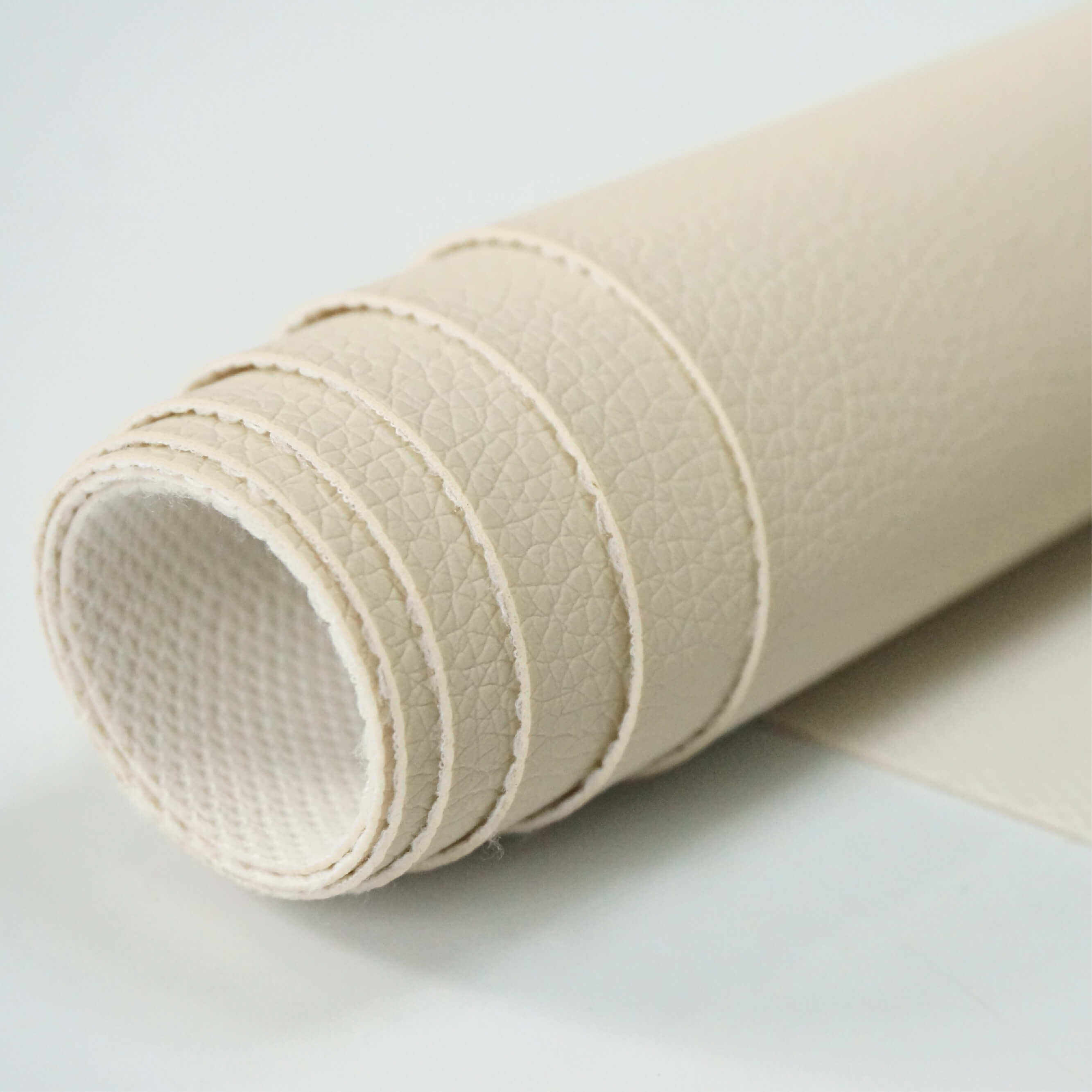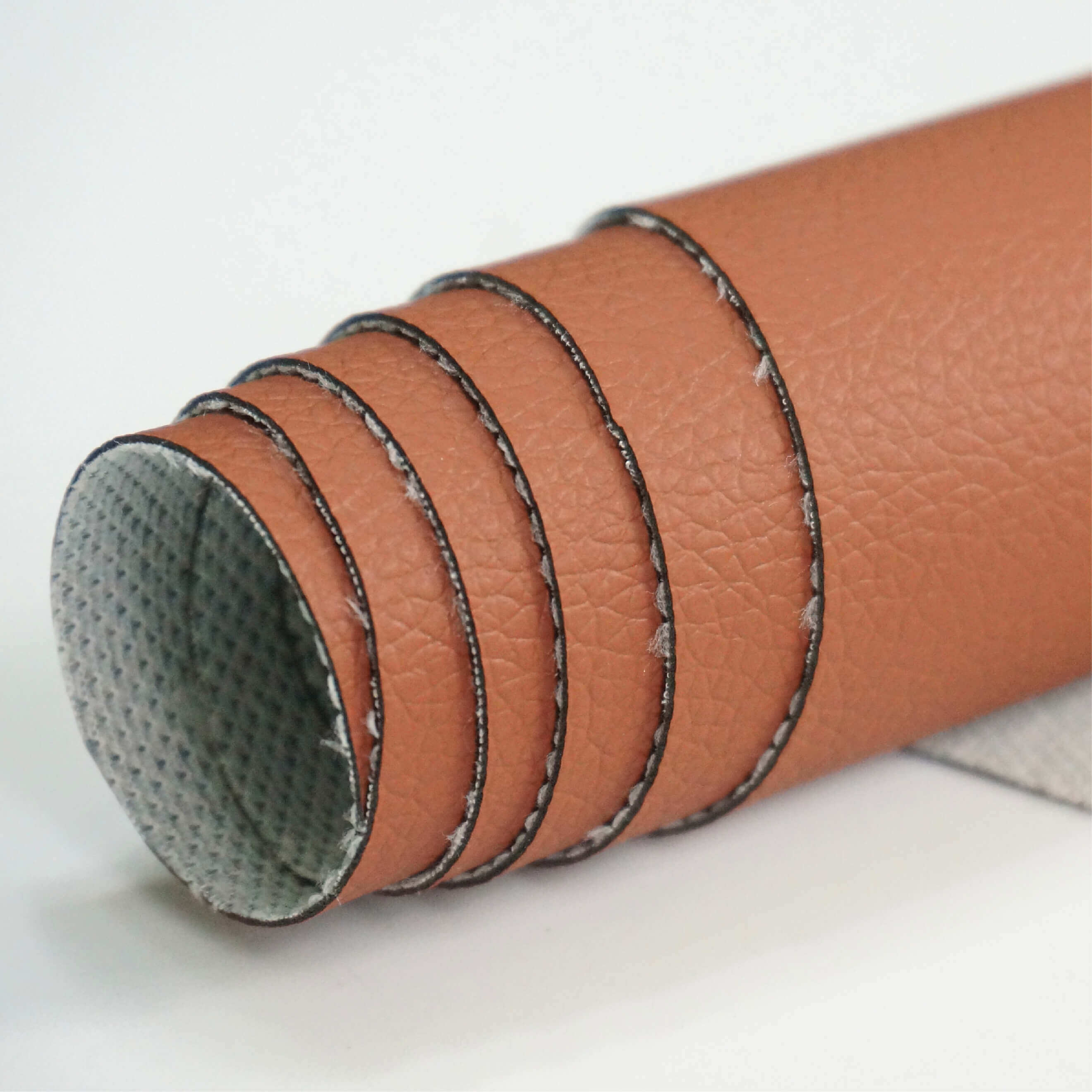Email format error
Email cannot be empty
Email already exists
6-20 characters(letters plus numbers only)
The password is inconsistent
Email format error
Email cannot be empty
Email does not exist
6-20 characters(letters plus numbers only)
The password is inconsistent

News

Custom Faux Leather: The Perfect Blend of Style and Functionality
When it comes to the world of interior design, fashion, and upholstery, the choice of material plays a crucial role in determining the final outcome. Custom faux leather has emerged as a popular and versatile choice for many applications, offering an ideal combination of aesthetics, durability, and cost-effectiveness. In this comprehensive blog post, we will delve into the various aspects of custom faux leather, exploring its benefits, applications, and how it compares to other materials.
What is Custom Faux Leather?
Custom faux leather, also known as synthetic leather or artificial leather, is a man-made material designed to mimic the look and feel of genuine leather. It is typically made from a fabric base that is coated with a layer of plastic, such as polyurethane (PU) or polyvinyl chloride (PVC). This process creates a material that closely resembles real leather but offers several distinct advantages.
The Advantages of Custom Faux Leather
1. Cost-Effectiveness
One of the primary reasons for the popularity is its cost-effectiveness. Genuine leather can be quite expensive due to the processes involved in tanning and finishing the hide. Custom faux leather, on the other hand, is much more affordable, making it an attractive option for those who want the luxurious look of leather without breaking the bank.
2. Durability
Custom faux leather is known for its durability. It is resistant to scratches, stains, and fading, making it an excellent choice for high-traffic areas and items that are subjected to daily wear and tear. Unlike genuine leather, which can crack and age over time, faux leather maintains its appearance for a longer period.
3. Versatility
The versatility of custom faux leathe is another significant advantage. It can be produced in a wide range of colors, textures, and finishes, allowing for endless design possibilities. Whether you prefer a classic matte finish or a trendy glossy look, custom faux leather can be tailored to meet your specific needs.
4. Eco-Friendly Options
With growing awareness about environmental sustainability, many manufacturers are now producing eco-friendly faux leather. This includes materials like microfiber faux leather, which uses less water and fewer chemicals in its production process. By choosing custom faux leather, you can contribute to reducing the environmental impact associated with leather production.
Applications of Custom Faux Leather
Custom faux leather is used in a variety of applications, each benefiting from its unique properties. Here are some common uses:
1. Furniture Upholstery
Faux leather is a popular choice for furniture upholstery due to its durability and ease of maintenance. It is often used for sofas, chairs, and headboards, providing a sleek and sophisticated look that is easy to clean and maintain.
2. Automotive Interiors
The automotive industry widely uses the faux leather for car seats and interiors. It offers a luxurious feel at a fraction of the cost of genuine leather, and its resistance to wear and tear makes it ideal for vehicles.
3. Fashion Accessories
From handbags and shoes to belts and wallets, custom faux leather is a staple in the fashion industry. Its versatility allows designers to create a wide range of styles and looks, appealing to a broad audience.
4. Clothing
Faux leather is also used in clothing, particularly for jackets, skirts, and pants. It offers a stylish and edgy look that is perfect for fashion-forward individuals.
Custom Faux Leather vs. Genuine Leather
While both custom faux leather and genuine leather have their pros and cons, it’s essential to understand the differences to make an informed decision.
1. Appearance
Genuine leather has a natural, unique texture and patina that develops over time, giving it a distinct character. The faux leather, while designed to mimic real leather, has a more uniform appearance. Advances in technology, however, have made it increasingly difficult to distinguish between the two.
2. Maintenance
Faux leather is generally easier to maintain than genuine leather. It can be wiped clean with a damp cloth and does not require conditioning or special treatments. Genuine leather, on the other hand, needs regular care to prevent drying and cracking.
3. Durability
While both materials are durable, custom faux leather has the edge in terms of resistance to scratches and stains. Genuine leather can be prone to scuffs and marks, and its appearance can change over time with exposure to the elements.
4. Cost
As mentioned earlier, custom faux leather is significantly more affordable than genuine leather. This makes it an attractive option for those on a budget or for applications where cost is a primary concern.
PVC vs. Faux Leather: Understanding the Differences
It’s important to distinguish between different types of faux leather, particularly PVC and polyurethane (PU). Both are commonly used in the production of faux leather, but they have distinct characteristics.
1. PVC Faux Leather
Polyvinyl chloride (PVC) is a type of plastic used in various applications, including faux leather. PVC faux leather is known for its durability and resistance to moisture, making it suitable for outdoor furniture and marine upholstery. However, it can be less breathable than other types of faux leather, which might make it uncomfortable for certain applications.
2. PU Faux Leather
Polyurethane (PU) faux leather is another popular type of synthetic leather. It is softer and more flexible than PVC, making it a preferred choice for fashion and furniture. PU faux leather is also more environmentally friendly, as it requires fewer toxic chemicals in its production.
Choosing the Right Custom Faux Leather for Your Needs
When selecting custom faux leather for your project, consider the following factors:
1. Intended Use
Think about how the faux leather will be used. For high-traffic areas or items that will be exposed to the elements, PVC faux leather might be a better choice due to its durability. For fashion items or indoor furniture, PU faux leather offers a softer and more luxurious feel.
2. Budget
Custom faux leather is available at various price points, so consider your budget when making a selection. While all faux leather is generally more affordable than genuine leather, higher-quality options might come at a premium.
3. Aesthetic Preferences
Consider the look and feel you want to achieve. Faux leather comes in a variety of finishes, from matte to glossy, and can be embossed with different textures to mimic the grain of genuine leather.
4. Environmental Impact
If sustainability is a priority, look for eco-friendly options like microfiber faux leather or PU faux leather that use fewer chemicals and resources in their production.
Working with a Faux Leather Factory
Partnering with a reputable faux leather factory is crucial to ensuring the quality and consistency of your custom faux leather products. A good factory will offer a range of materials and finishes, and work with you to create the perfect solution for your needs. Look for factories with a proven track record, good customer reviews, and transparent production practices.
Conclusion: The Future of Custom Faux Leather
Custom faux leather continues to evolve, with advancements in technology and manufacturing processes leading to higher-quality and more sustainable options. Whether you’re looking to upholster furniture, design fashion accessories, or create automotive interiors, the faux leather offers a versatile, durable, and cost-effective solution.
As consumers become more conscious of environmental and ethical considerations, the demand for high-quality faux leather alternatives is likely to grow. By choosing the faux leather, you not only get a product that looks and feels great but also contributes to a more sustainable future.
In conclusion, custom faux leather is an excellent choice for a wide range of applications. Its cost-effectiveness, durability, and versatility make it a popular alternative to genuine leather, and with the right selection and care, it can provide years of use and enjoyment. So whether you’re a designer, manufacturer, or consumer, consider the many benefits of custom faux leather for your next project.

